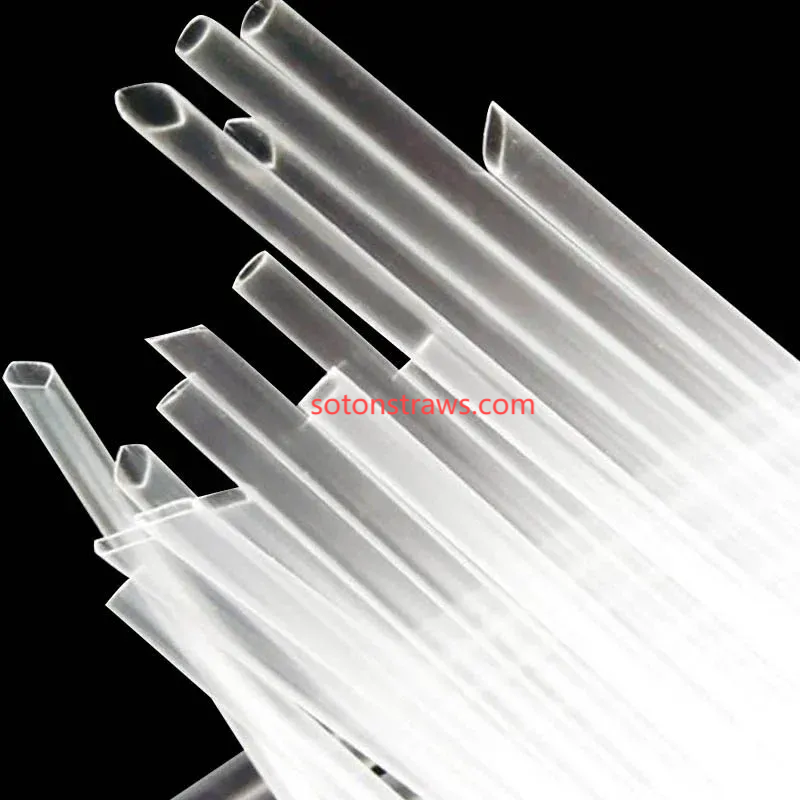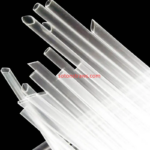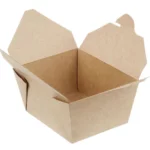How Soton Redefines Energy Economics in PP Straw Systems
Energy dynamics represent the silent frontier in sustainable polymer manufacturing. Contemporary facilities operate as integrated ecosystems rather than mere power consumers. The journey begins with passive thermal regulation in PP Straw production—strategic insulation and natural ventilation reducing climate control loads. Extruder barrels feature segmented heating zones with real-time viscosity monitoring, delivering precise thermal input without overheating adjacent sections. This prevents traditional energy bleed associated with uniform temperatures. Innovation emerges in capturing waste heat from polymer melting—channeled through exchangers to warm facilities or preheat water. This cascading approach transforms waste into secondary resources.
Compressed air systems undergo re-engineering. Variable-frequency drives modulate output to match demand, eliminating constant full-pressure operation. Air receivers buffer demand spikes, while nozzle-style applicators replace broad-coverage blowers. Lighting employs circadian-rhythm controls dimming non-essential areas. The paradigm extends to renewable integration: on-site solar generation powers auxiliary systems, while storage banks capture off-peak grid power. This orchestration ensures every PP Straw carries lower embedded energy. Continuous improvement tracks energy intensity, driving innovations like infrared pre-heating reducing extrusion loads. The evolution of energy management in creating a PP Straw demonstrates how incremental advancements collectively achieve significant sustainability gains. Soton operational models prove energy stewardship involves intelligent transformation at every process intersection, where conservation and recovery become inseparable principles in modern manufacturing.click www.sotonstraws.com to reading more information









